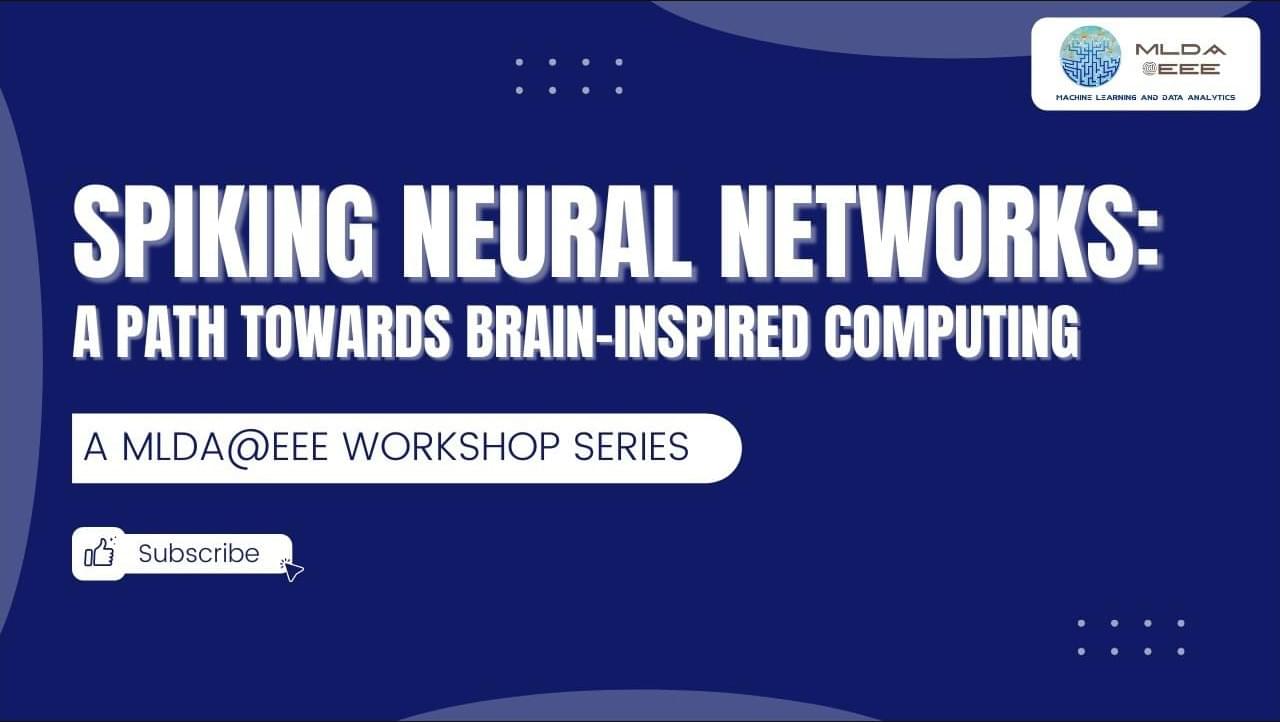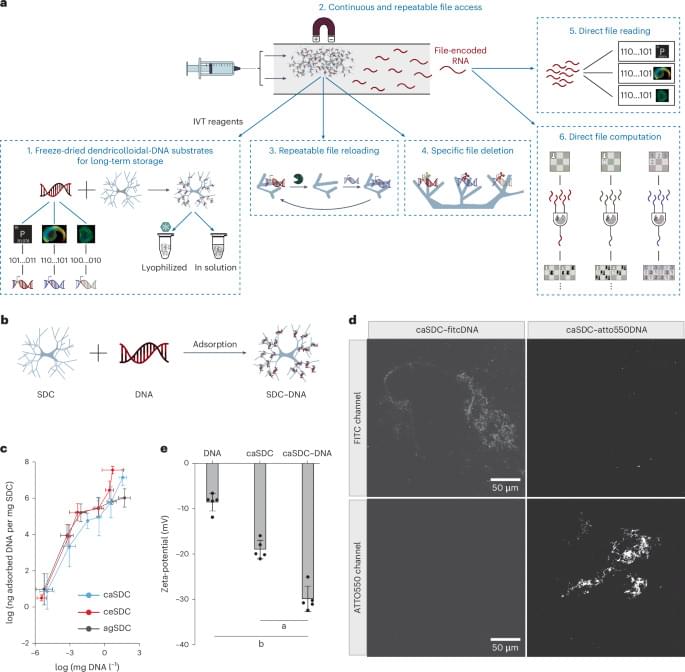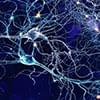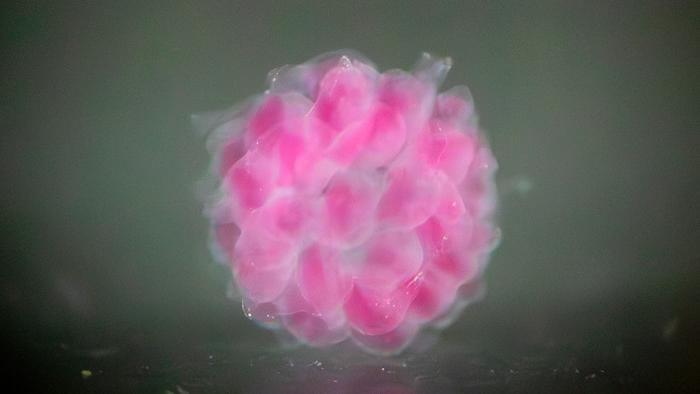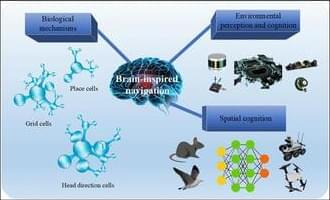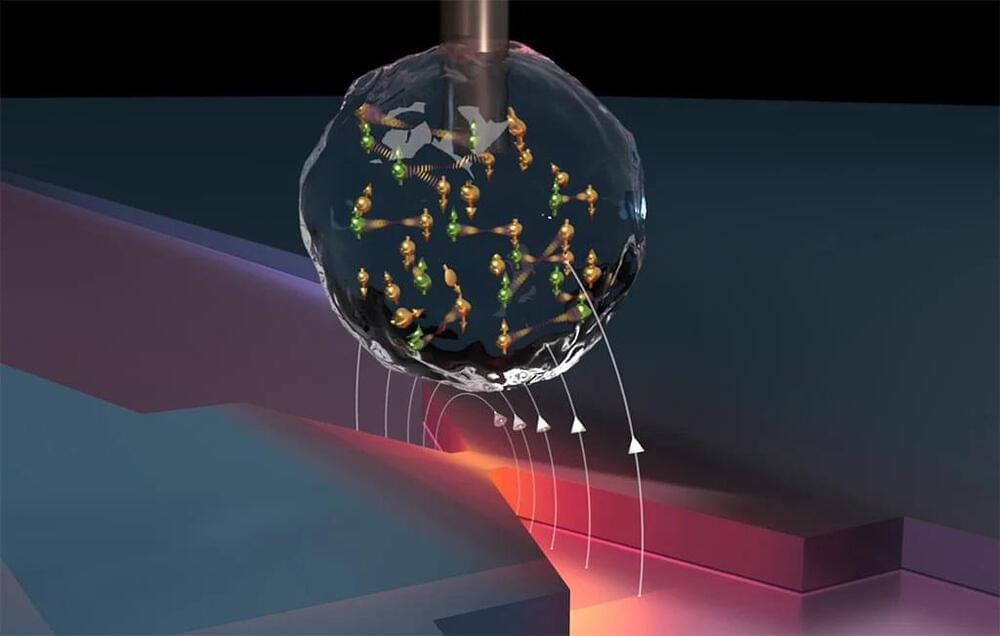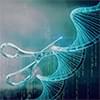
CRISPR-Cas systems, defense systems in bacteria, have become a plentiful source of technologies for molecular diagnostics. Researchers at the Helmholtz Institute for RNA-based Infection Research (HIRI) in Würzburg have expanded this extensive toolbox. Their novel method, called PUMA, enables the detection of RNA with Cas12 nucleases, which naturally target DNA. PUMA promises a wide range of applications and high accuracy.
The team published its results in the journal Nature Communications (“TracrRNA reprogramming enables direct PAM-independent detection of RNA with diverse DNA-targeting Cas12 nucleases”).
Bacteria have developed special defense mechanisms to protect themselves against viruses, which by no means infect only humans. As part of these so-called CRISPR-Cas systems, a CRISPR ribonucleic acid (crRNA), which serves as a “guide RNA,” recognizes regions of a foreign genome, such as viral DNA. The CRISPR-associated (Cas) nuclease, directed by a crRNA, then renders it harmless by cutting it like a pair of scissors.

